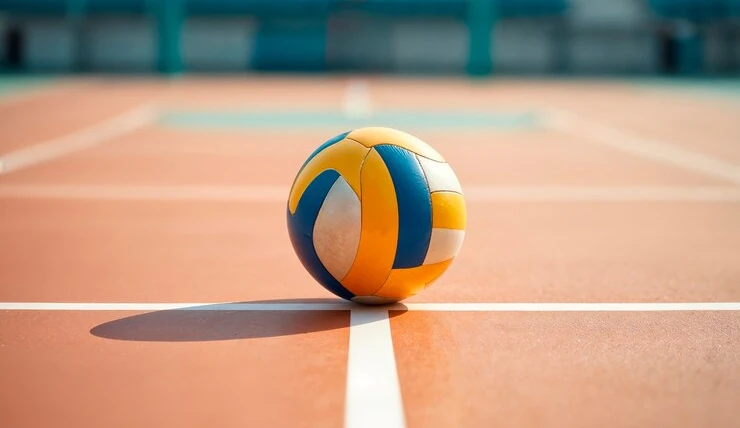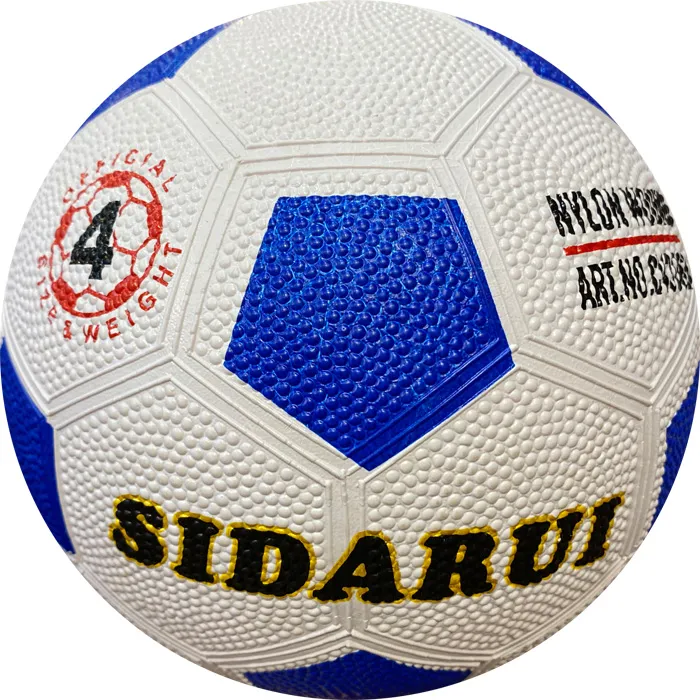In the realm of youth soccer training, the size 4 soccer ball stands out as an essential tool for budding athletes between the ages of 8 to 12. Designed specifically to cater to the developing skills and physical capabilities of young players, choosing the right size 4 training ball can significantly influence a child's engagement and progress in the sport. As a fixture within youth leagues globally, the size 4 training soccer ball is not just a piece of equipment but a pivotal component of a young athlete's journey.

Choosing a quality size 4 soccer ball for training begins with understanding its construction and material, which distinguish a superior ball from a standard one. Typically, premium training balls are crafted from polyurethane (PU) or thermoplastic polyurethane (TPU) – materials that offer durability and a consistent touch. This consistency is vital in training scenarios where repetitive practice and control are key parts of skill development. Unlike their PVC counterparts, which can be harsh on contact and more susceptible to wear, PU and TPU balls provide a more forgiving touch and longevity.
Furthermore, the internal bladder of a size 4 soccer ball greatly affects performance and durability. Latex bladders are preferred for training as they offer better touch and softer feel, though they require more frequent inflation. Butyl bladders, while offering superior air retention reducing the need for constant inflation, can often feel tougher, which can be less desirable for younger players still honing their skills. Therefore, choosing the right bladder type depends on the specific training demands and frequency of use.

Beyond material considerations, the weight and circumference of size 4 soccer balls are regulated to enhance player experience. Weighing between 350 and 390 grams and measuring approximately 25 to 26 inches in circumference, these balls ensure young athletes can maneuver and control the ball effectively, fostering confidence and agility. These dimensions help mimic the size 5 balls used in adult play but scaled down adequately to suit younger players, aiding them in their transition to higher levels of play.
size 4 training soccer balls
The role of design and aesthetics, while often considered secondary to construction, can't be overlooked. Visually appealing balls can captivate young players, motivating them to partake in regular training session. Bright colors and distinct patterns not only attract attention but also help with visibility on the field, which enhances tracking and improves foot-eye coordination during play.
In addition to selecting the right ball, maintaining it is crucial to maximize its lifespan and performance. Regular cleaning to remove dirt and grass stains can help maintain the ball’s surface friction, essential for control. Moreover,
storing soccer balls in a dry, cool environment can prevent material degradation. Consistent checking of air pressure ensures that the ball remains in optimal playing conditions, crucial for developing accurate ball-handling skills.
The significance of a size 4 soccer ball in training extends beyond the physical capabilities. It's an instrument that fosters resilience, discipline, and teamwork among young athletes. Coaches and parents should invest time in selecting the appropriate ball that aligns with the player's developmental needs and skills. This ensures not only the fun and enrichment of the sport but also encourages the adoption of a healthy lifestyle through active play.
Understanding the diverse factors that influence the performance and longevity of a size 4 training soccer ball is integral for effective youth soccer development. This specialized knowledge, paired with practical experience, positions one to make well-informed decisions and instill confidence among young soccer enthusiasts as they take each stride across the pitch.













